We started our mitral regurgitation (MR) blog series to provide our readers a clear & easy understanding of the basics to evaluating the mitral valve structure when MR is present. If you need refreshing or missed the blogs, you can find them here:
Starting this week, we are now going to move into the suggested methods for qualifying & quantifying the severity of MR according to the recent ASE guidelines that were published this year, Recommendations for Noninvasive Evaluation of Native Valvular Regurgitation. Our goal for this blog is to provide qualitative & semi-quantitative methods using color Doppler to evaluate MR.
Color flow Doppler is the primary method to evaluating the presence of regurgitation. It provides us information on:
We tend to rely on color Doppler to determine severity of a regurgitant jet as our primary source. This is not the best practice for quantifying the severity of MR. Remember, color Doppler is a primary method to evaluate the presence of regurgitation, not the severity of MR.
There are 3 components of a color Doppler jet that make up the appearance we see on the screen. When we use color Doppler for evaluation of regurgitation, it is vital we visualize all 3 parts in order to properly quantify the severity.
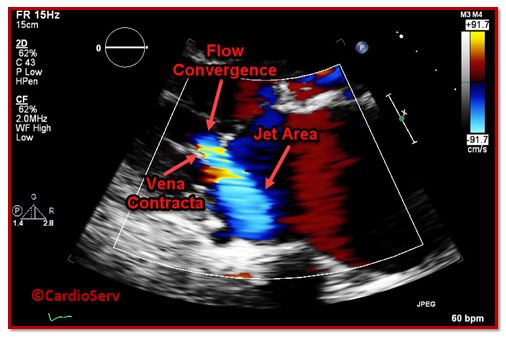
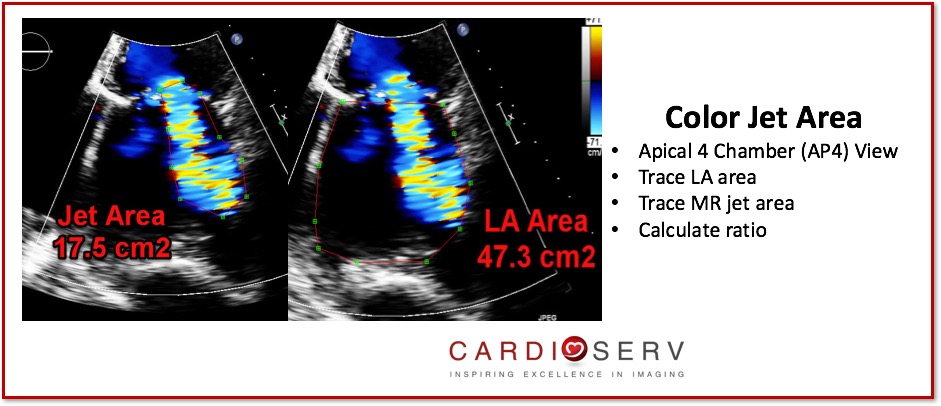
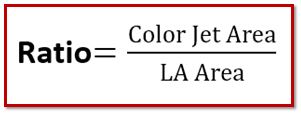

Limitations:
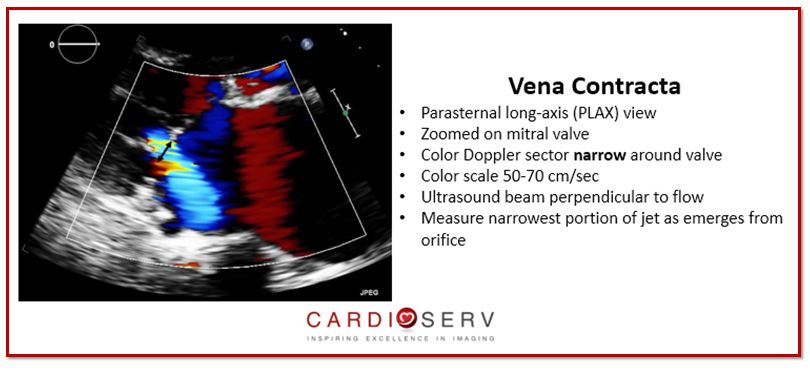

Limitations:
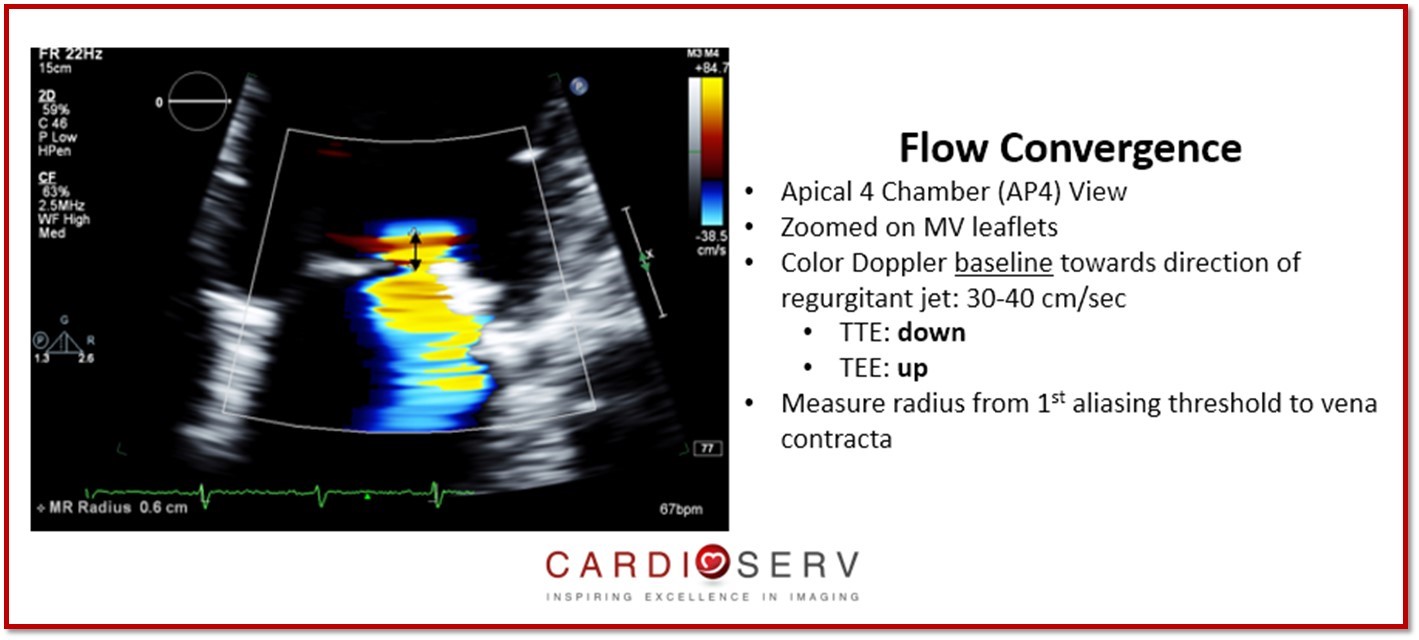
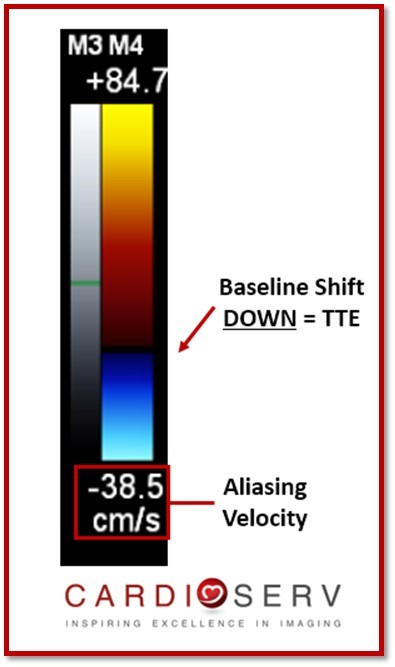

Limitations:
This week we reviewed suggested methods for evaluating the presence of MR with color Doppler. We encourage you to incorporate the following into your scanning protocol when MR is detected:
Keep an eye out for upcoming blogs over methods to quantify the severity of MR! Our goal at CardioServ is to provide you with an easy guides to help incorporate positive change & improvement. We look forward to hearing feedback and comments from our readers!
 Andrea Fields MHA, RDCS
Andrea Fields MHA, RDCS
Stay Connected: LinkedIn, Facebook, Twitter, Instagram
References:
Thomas, J. D., MD, & Liu, C., MD. (1990). Quantification of Jet Flow by Momentum Analysis. Circulation ,81, 1st ser., 247-259. Retrieved July 19, 2017, from http://circ.ahajournals.org/content/81/1/247.long
Zoghbi, W. A., MD, FASE, & Adams, D., RCS, RDCS, FASE. (2017). Recommendations for Noninvasive Evaluation of Native Valvular Regurgitation. JASE, 30, 4th ser., 1-69. Retrieved June 12, 2017.




Aug
2017
Aug
2017
Aug
2017
Aug
2017
Aug
2017
Aug
2017
Aug
2017
Oct
2017
Oct
2017